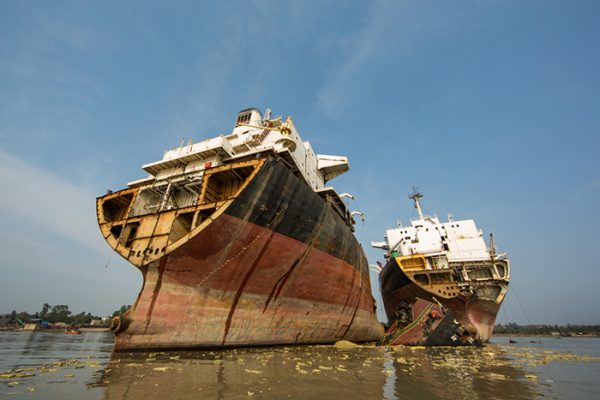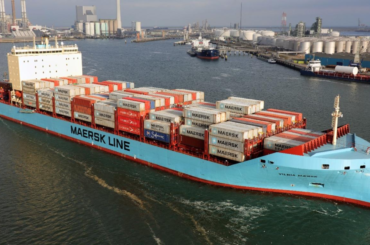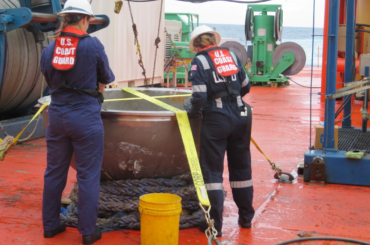According to recent analysis from BIMCO, the world’s largest shipping organization, the anticipated influx of potential ship scrapping candidates is expected to exceed previous estimates. Experts have been discussing the likelihood of a surge in decommissioned vintage vessels as a result of mounting environmental regulations and the aging global merchant fleet.
BIMCO now predicts that over 15,000 ships, equivalent to a staggering 600 million deadweight tons (dwt), which accounts for more than a quarter of the current trading fleet, may undergo recycling by 2032. This projection represents a remarkable increase of over 100% compared to the past decade.
In the last ten years, approximately 7,780 ships with a deadweight capacity of 285 million tonnes were recycled. The majority of the recycled deadweight capacity, comprising 60%, originated from ships built during the 1990s. However, according to BIMCO’s projections, over the next ten years, vessels constructed in the 2000s will serve as the primary source for recycling, considering the substantial expansion of the global fleet during that period.
Based on historical patterns, it has been observed that around 50% of bulk carriers, tankers, and container ships’ deadweight capacity has been recycled by the time they reach 25 years of age. Furthermore, approximately 90% of these vessels are recycled by the time they reach 30 to 35 years of age. Applying this recycling trend to the presently active ships, BIMCO estimates that 15,000 ships will be scrapped in the coming decade. Niels Rasmussen, BIMCO’s chief shipping analyst, suggests that many older ships are expected to be recycled earlier than usual due to increasingly stringent greenhouse gas emission limits.
Data from broker BRS indicates that the tonnage sent for demolition remained at subdued levels last year, totaling no more than 10 million dwt. This figure is the lowest in over a decade and significantly below the 10-year average of 29 million dwt.
The average age of the primary fleets is steadily rising. Bulk carriers now have an average age of 11.1 years, compared to 8.7 years five years ago. Tankers’ average age is 11.7 years, up from 10.1 years five years ago, and containerships average at 13.7 years, compared to 11.4 years in 2018, according to data from Clarksons in late February. Clarksons estimates that, assuming recent trading patterns and no changes in vessel speed or technological advancements, approximately 31% of the current fleet by tonnage would receive D or E ratings under the recently enacted Carbon Intensity Indicator (CII).
Regarding tankers, Braemar’s latest data reveals that ships older than 20 years now constitute nearly 8% of the tanker fleet, a significant increase from 2.2% in 2019.
The projected figures for fleet replacement present a challenge for Asian shipyards. Mark Williams, the head of UK consultancy Shipping Strategy, has emphasized the necessity for shipyards to significantly enhance their capacity to ensure that the shipping industry meets the green objectives set forth by the International Maritime Organization (IMO). Williams stated in a recent article that if the global fleet is to achieve the IMO’s emission ambitions for 2050, every ship in the world needs to be replaced or retrofitted. Shipping Strategy’s analysis suggests that more than 3,500 ships need to be built or refitted each year until 2050. In 2010, the global shipbuilding industry reached its peak, producing 2,700 vessels annually.
Williams further asserted that retired and dormant shipbuilding capacity must be revived by the end of this decade. He predicts an upcoming boom in new shipbuilding that could potentially span several decades







